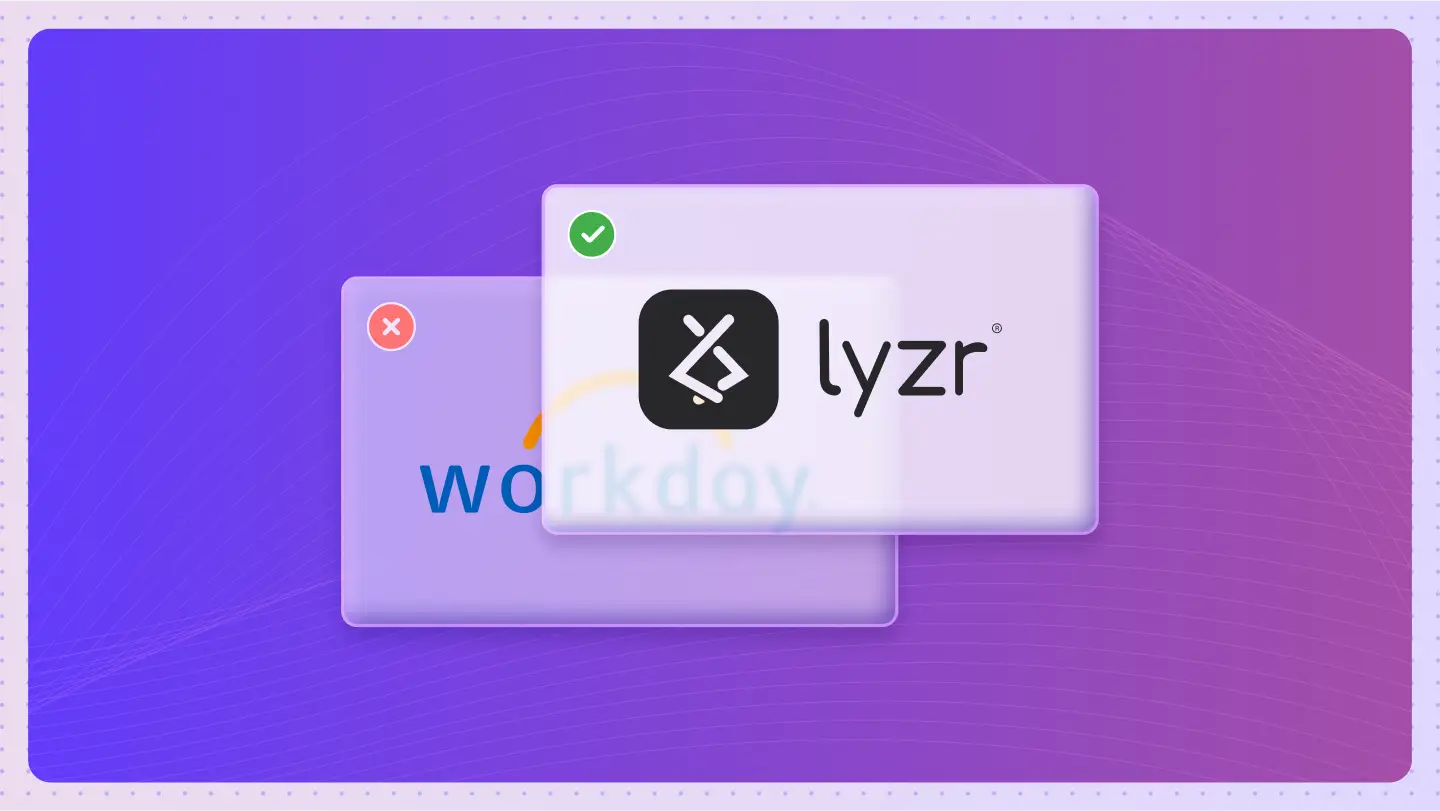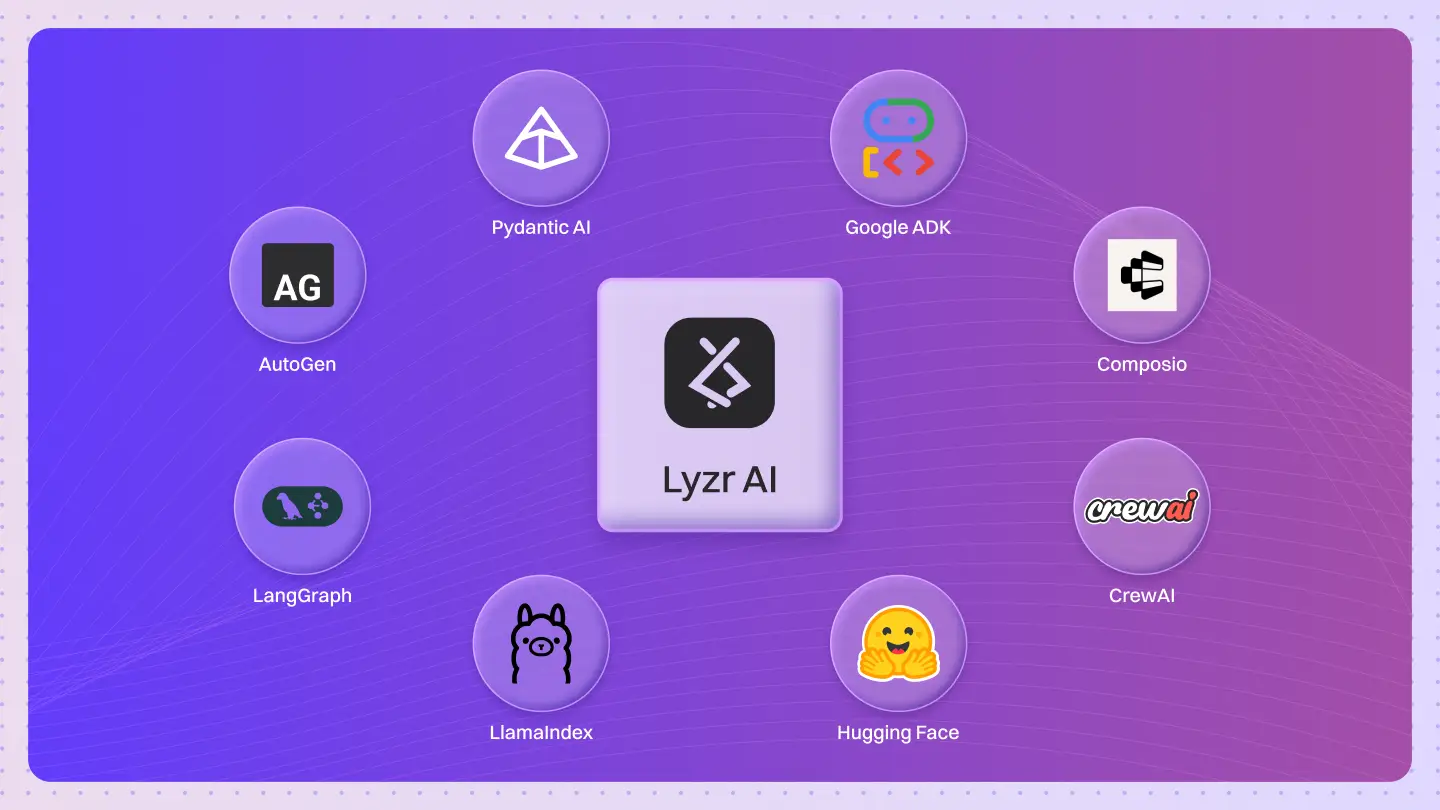Jumping to conclusions is an AI’s fastest path to failure.
Chain of Thought is a prompting technique that guides AI models to think through problems in sequential steps, similar to how humans solve complex issues systematically.
Imagine teaching a child to solve a puzzle.
You don’t just show them the finished picture.
You point to a piece and say, “This edge is straight, so it must be a border piece.”
Then, “This piece has blue on it, let’s connect it to the other blue pieces.”
You explain each move, step-by-step.
That is Chain of Thought (CoT). It forces the AI to show its work.
This isn’t just a neat trick.
It’s a fundamental shift in making AI reasoning transparent, trustworthy, and far less likely to produce confident-sounding nonsense.
What is Chain of Thought in AI?
It’s a method for getting an AI to talk itself through a problem.
Instead of a prompt like:
“If I have 5 apples and I buy 3 more, then eat 2, how many do I have?”
Followed by the answer “6”.
A CoT prompt encourages a process:
“Let’s think step by step. I start with 5 apples. I buy 3 more, so 5 + 3 = 8 apples. Then I eat 2, so 8 – 2 = 6 apples. The final answer is 6.”
This external monologue does two things:
- It forces the model to decompose a complex problem into simpler, sequential steps.
- It makes the entire reasoning process visible to the user.
You’re not just getting an answer.
You’re getting the recipe for how the answer was made.
How does Chain of Thought improve AI reasoning?
It reduces the model’s cognitive load at each step.
When a model tries to solve a multi-step problem in one go, it has to hold all the intermediate logic in its “head” (its latent space).
This is hard, and errors can easily creep in.
CoT changes the game.
By writing down each step, the model offloads its working memory onto the “page.”
Each new step only needs to be a logical continuation of the previously written step.
It’s like building a ladder one rung at a time. It’s much easier and more stable than trying to jump to the top.
This sequential process allows the model to self-correct and stay on a logical track, significantly improving its accuracy on tasks that require math, logic, or multi-step planning.
What are the benefits of Chain of Thought?
The benefits go far beyond just getting the right answer more often.
- Transparency: You see how the AI arrived at a conclusion. This is the difference between a black-box oracle and a reasoning partner.
- Debuggability: When the AI gets something wrong, you can pinpoint the exact step where the logic failed. It’s no longer a mystery.
- Trust: Seeing a logical, human-like reasoning process builds confidence in the output. You’re more likely to trust an AI that shows its work.
- Complexity Handling: It allows models to tackle problems that would be impossible with direct, one-shot prompting.
This technique is used by tools like GitHub Copilot to explain its code suggestions, making them educational and verifiable. In Healthcare AI, it can demonstrate a diagnostic reasoning chain, allowing a doctor to follow and validate the model’s logic.
How does Chain of Thought differ from other AI techniques?
It’s the difference between process and product.
Traditional prompting is product-focused.
You ask a question, you get an answer.
The reasoning is hidden, internal, and inaccessible.
Chain of Thought is process-focused.
It makes the reasoning an explicit part of the output.
It simulates human-like problem-solving instead of just delivering a black-box solution.
This makes spotting and correcting errors in the AI’s logic dramatically easier.
What technical methods are used to implement Chain of Thought?
You don’t need complex code to trigger this behavior. It’s all in the prompt.
There are three primary methods:
- Zero-shot CoT: This is the simplest approach. You just add a magical phrase to your prompt, like “Let’s think step by step.” This simple instruction is often enough to coax modern LLMs into generating a reasoning chain before the final answer.
- Few-shot CoT: This is more explicit. You provide the model with a few examples (shots) that demonstrate the desired format. You show it a problem, a step-by-step solution, and the final answer. After seeing a couple of these, the model learns the pattern and applies it to your new problem.
- Self-consistency CoT: This is an advanced technique. You run the same CoT prompt multiple times, generating several different reasoning paths. You then look at all the final answers. The answer that appears most frequently across the different reasoning chains is often the most reliable one. It’s like asking a committee of experts and taking a majority vote.
Quick Test: Can you spot the difference?
Scenario: Ask an AI, “A juggler has 16 balls. Half are golf balls, and half of the golf balls are blue. How many blue golf balls are there?”
Standard Prompt Output:
“There are 4 blue golf balls.”
Chain of Thought Output:
“Let’s break this down.
- The juggler starts with 16 balls in total.
- Half of the balls are golf balls, so 16 / 2 = 8 golf balls.
- Half of the golf balls are blue, so 8 / 2 = 4 blue golf balls.
Therefore, there are 4 blue golf balls.”
The first answer is correct, but it’s an assertion. The second is a logical proof.
Questions That Move the Conversation
Can Chain of Thought reduce AI mistakes in logical reasoning?
Yes, significantly. By forcing a step-by-step process, it prevents the model from making logical leaps. If a mistake is made in one step, it’s often easier for the model (or a human) to spot it, whereas in a direct answer, the error is completely hidden.
How does Chain of Thought enhance transparency in AI systems?
It makes the “thinking” visible. For any critical application, like medical diagnosis or financial analysis, being able to audit the AI’s reasoning process is non-negotiable. CoT provides that audit trail by default.
What are the computational costs associated with employing Chain of Thought?
There is a cost. Generating a detailed reasoning chain requires more tokens and more processing time than generating a direct answer. The trade-off is between speed/cost and accuracy/transparency. For complex tasks, the improved accuracy is almost always worth the extra computational expense.
How is Chain of Thought applied in educational technology?
It’s a game-changer for AI tutors. Instead of just giving a student the answer to a math problem, a CoT-powered tool can walk them through the solution methodically. It can model the exact problem-solving process a teacher would want the student to learn.
In what ways can Chain of Thought be integrated into software development tools?
Developers can use it to ask an AI to plan a complex function before writing the code. The AI might outline the steps: “First, I’ll validate the inputs. Second, I’ll handle the primary logic in a try-catch block. Third, I’ll format the output.” This allows the developer to approve the high-level plan before a single line of code is written.
Chain of Thought is a key step in moving AI from a tool that gives answers to a partner that shows its reasoning. It’s how we start to build systems we can not only use, but genuinely understand and trust.









